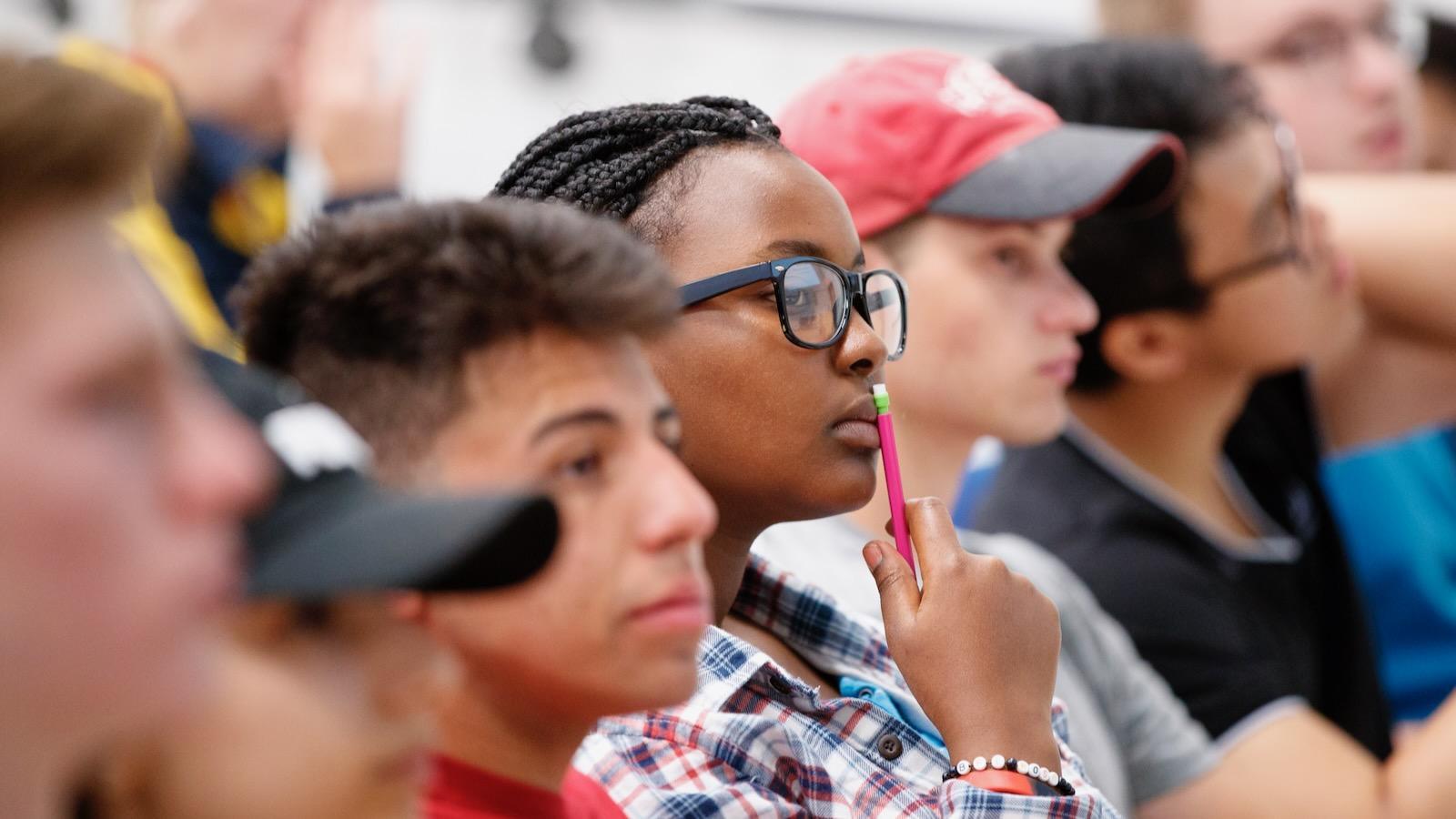Becoming an inclusive educator requires thinking critically about the role that your personal biases may play in the classroom. This activity is designed to help you reflect on the role that student characteristics such as race, gender, disability status, or age might be playing in your interactions.
Power Dynamics
- What are some examples of interpersonal power that exist at the university?
- Thinking about your role as an educator, in what ways do you have power over your students (think about things like classroom interactions, grading, etc.)?
- In what ways do your students have power over you?
- How might these power dynamics be affected by different characteristics of your students?
Beliefs & Biases
- What beliefs do you have about people with different traits (for example, racial or ethnic groups, genders, mental or cognitive disability, undergraduates as a whole, etc.)?
- Where did these beliefs come from?
- When students with these different traits are in your classroom, how might it affect the way that you interact with them compared to other students?
- What might you be able to do to change these beliefs?
Classroom Behaviors
- Do you find yourself more likely to call on some students than others? Do those students you call on have any traits in common?
- For this, it can be very useful to have an observer come into your classroom and keep track of how often you call on specific students!
- When interacting with students, do you use the names of some students and not others? If there are some students you don’t know the names of, are they:
- Of a specific gender?
- Of a different race or ethnicity than you?
- Someone that you intentionally avoid interacting with?
- Do you find yourself interacting more or less with some groups of students than others?
- What conversations do you have with students before or after class?
- If there are differences in these interactions, why might you interact differently with those students?
Disciplinary Biases
- Who are the most frequently talked about and cited people in your discipline? How many of those are white, cisgender men?
- What message is it sending to your students when you focus your class around only those voices? What could you do to incorporate work by more diverse authors into your classroom?
- How might the background of the central figures have impacted the development of your discipline in terms of the questions they decided to ask, the evidence they looked for, and the conclusions they made?
Topics
